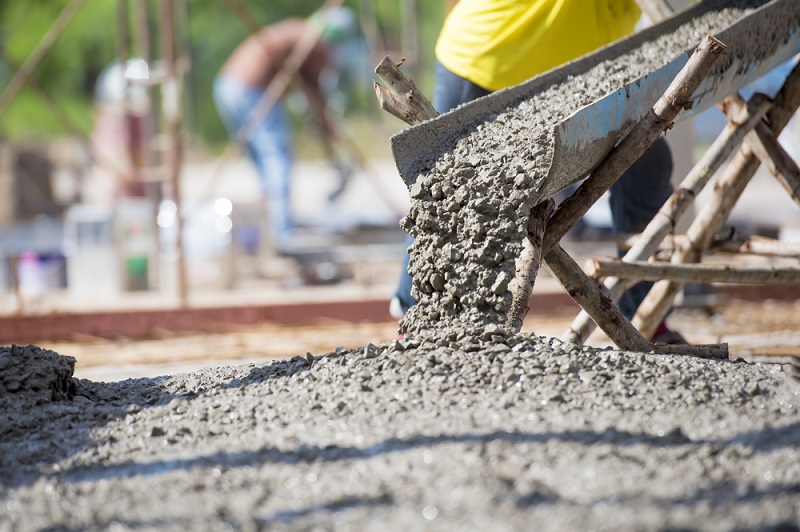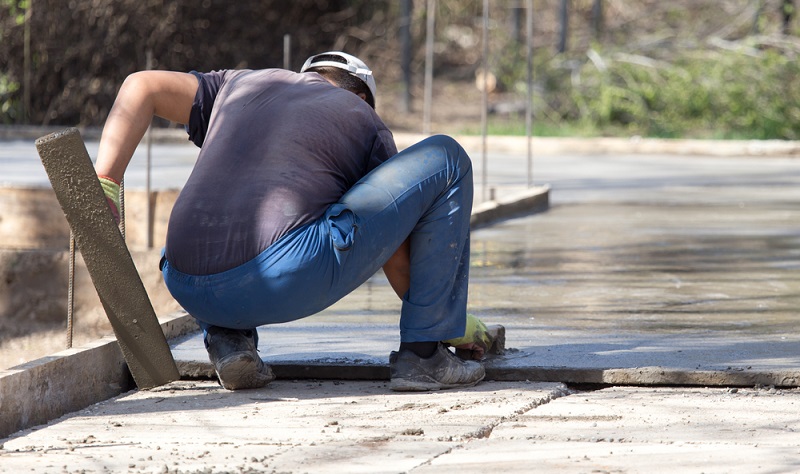5 Steps That Make A Good Concrete Mixture

When you plan on buying an apartment or purchasing a new house, what is the first thought that you look for?
Is it the interiors or outer looks of the house or you dig deeper?
Well, most of you purchase assets simply by looking at the outer decorations. Also, you check whether the house that you intend to buy satisfies your needs or not. But the most important point that you miss out is the foundation on which the house is built up. The base is the ultimatum on which stands the apartment or the house. Concrete is the only material that is put at the base. It is an amalgamation of cement, sand, gravel, and water in definite proportions. Given below are the steps involved in concreting:
#1 Batching
Batching is the method by which the materials used in preparing the concrete like the cement, rough aggregate, sand and water are measured. For making the cement, it is important to put all the ingredients in the right amount. Batching involves two other methods, namely, volume batching and weight batching.
The thing that differentiates between the two concreting processes is that the volume batching method measures the materials included in concrete preparation in volume. By contrast, the weight batching method measures the weight of the ingredients.
#2 Mixing
For preparing the ready concrete, thorough mixing is essential. All the materials added for concreting must be vigorously mixed. The missing process should continue unless and until the colors of all the ingredients are mixed uniformly to form a single color, and there is a consistency in the matter. Mixing can be carried out in two ways: hand mixing and machine mixing. If concrete is required in large scale, using machines for mixing the concrete is the best option. A notable point is that if you want to derive maximum quality of all the materials added, it is better to mix the materials in dry condition first and then add water to it and further mix it for use.
#3 Transportation
After the mixing process is executed responsibly, it is time to transfer it to the construction location. This process of deliberate transferring of the concrete after it is mixed thoroughly to the site of construction is called transportation. Next, the concrete is evenly allowed to be placed in the frameworks where required. Further, transportation can be performed using two methods:
- Manual transportation: Here the mixture is carried to the site manually and is enough time consuming as the person responsible for this task might take unaccountable time to reach the site.
- Mechanical transportation: Here the mixed concrete is brought to the site on wheels and therefore, takes lesser time to reach from one place to another.

#4 Compaction
If the foundation is not solid, the building on top of it may face a lot of risk factors. To avoid such circumstances, the compaction process is required. The job of compaction is to dutifully remove all air bubbles from the concrete mixture that is supposed to be placed in the framework of the bricks. Destruction of these bubbles will deliver more power and strength to the concrete material so that it stands erect and rejuvenates the entire building.
#5 Curing
The last and final process is curing. Here the concrete mixture retains the moisture into it for the time being so that the inner part of the construction is hydrated well. Without hydration, the building is not likely to be strong enough to withstand all odds of nature and human-made disturbances. Curing if not done efficiently, will result in brittle construction. Curing is a time consuming procedure. The ordinary sulfate resistance cement requires eight days, and the low heat cement takes 14 days to be ready for use.